Identification of selective catalytic reduction systems in automotive applications
To prevent damages to the environment and human health, emission standards concerning heavy-duty vehicles, for a number of atmospheric pollutants such as NOx, have been established decades ago and they are stringently updated. One of the technologies used for NOx control is the selective catalytic reduction (SCR) system. Among the current technologies, SCR is the more convenient one for heavy-duty trucks, but optimal operation is required to meet new emission targets.
This project is focused on identification and control of the SCR systems in mobile applications, specifically, in diesel engine driven heavy duty trucks, and is a work in cooperation with Scania AB which is supported by the Swedish Energy Agency, project nr 32299-1.
The existing SCR model is identified based on the physical properties of the system in previous published works by many authors. It is also used for control of the urea injection. However the identification of the SCR based on the first principle model, is a time consuming and costly process. Together with the development of new catalysts, it is of high interest to reduce the time spent on modeling the new catalysts. Due to the varying engine load and speed, it is of interest to apply recursive algorithms.
The engine generates a certain amount of NOx based on the load and speed. This NOx together with the exhaust mass flow and the exhaust temperature are passed into the SCR system. The scheme of the system is described in Fig. 1.
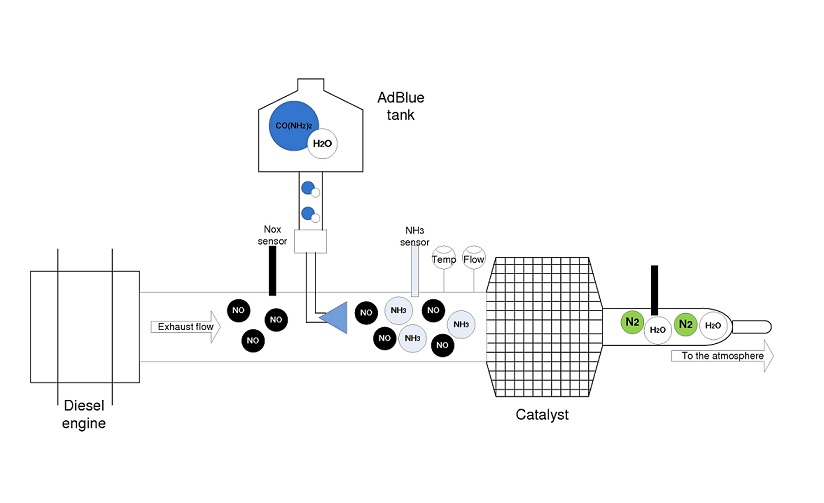
Figure 1: Scheme of the SCR system.
The objective of our work is to model the dynamics of the NOx emissions in the exhaust gas aftertreatment system for the changing operating conditions exhibited in automotive applications. These changing conditions can be observed in Fig. 2., where the load and speed variations for the World Harmonized Transient Cycle (WHTC) are shown.
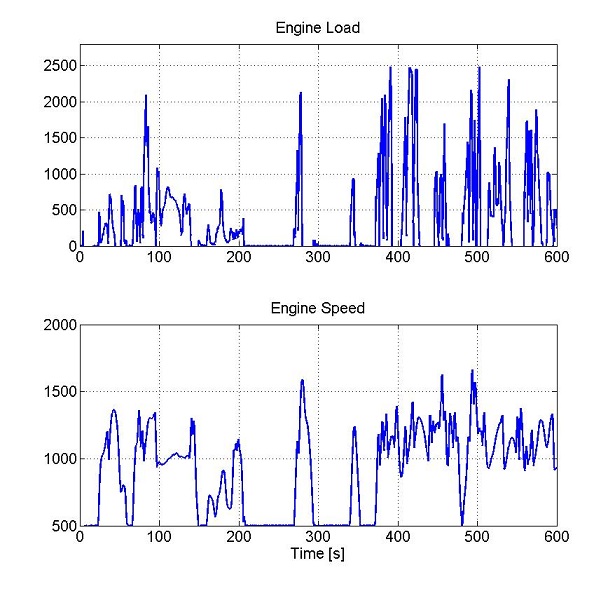
Figure 2: Engine load and speed for the WHTC.
The WHTC will be used for Euro VI testing, it is a transient test with a length of 1800 s which specifies engine speed and load values for urban and highway driving.
The first goal of this project is to identify black-box models for the SCR system. A main idea is to use a simple model structure, thereby facilitating controller design. Fig. 3 shows the NOx at the output of the catalyst obtained from the simulator, which is the model output [fraction], when the WHTC is used, and the four signals used as inputs, i.e. NOx concentration at inlet [fraction], the injected urea [g/min], the temperature [K] and the exhaust flow [mol/s]. Notice that the vertical line at sample 900 indicates identification and validation data sets.
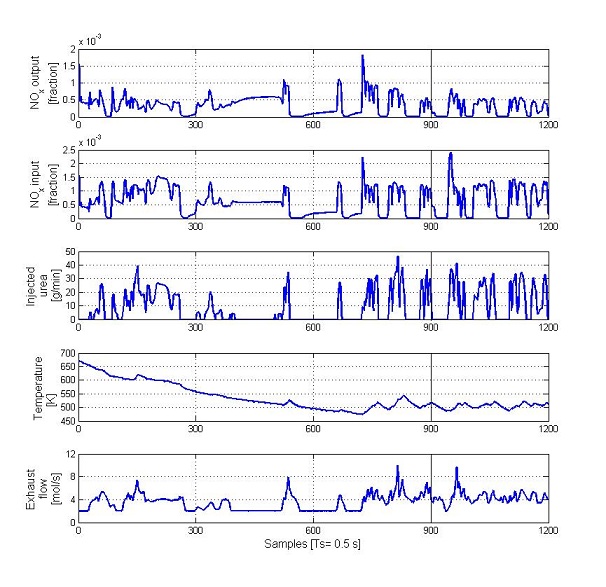
Figure 3: Experimental data
Promising results using simple linear and nonlinear models are reported in [1] and [2].
The models include (a) autoregressive model, (b) Wiener model, (c) Hammerstein-Wiener model, (d) state space model using a recursive prediction error method (RPEM) and and (e) non-linear state space model identified using RPEM. The model fit is up to 62% in the validation data set using the Hammerstein-Wiener model with the static non-linearity and the non-linear state space model. The validation results of these models are illustrated in Fig. 4 and Fig. 5.
Further improved model have been shown in [4], where the system has been divided into several operating regions. The dynamics of each operating region has been modelled using a 2nd order linear model. A model fit of 77.6 % has been obtained for the validation data, i.e. a complete WHTC run, using the multiple-model approach.
A controller has been defined for each model in each region, and applied on the entire system giving promising results for NOx reduction.
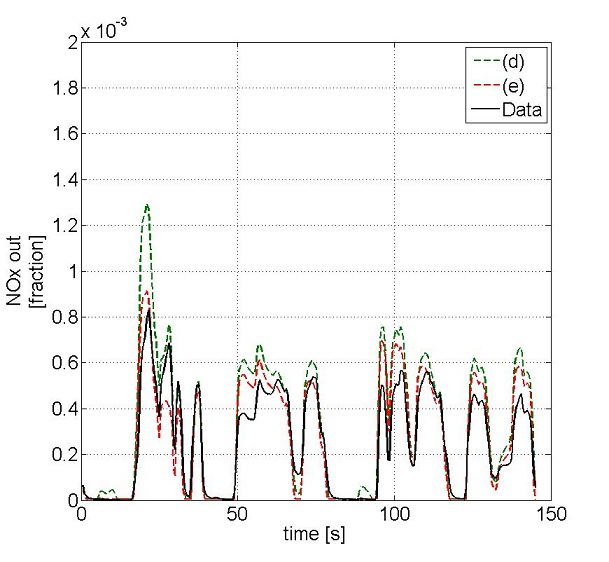
Figure 4: NOx output for the identified models (a) - (c) using the validation data set.
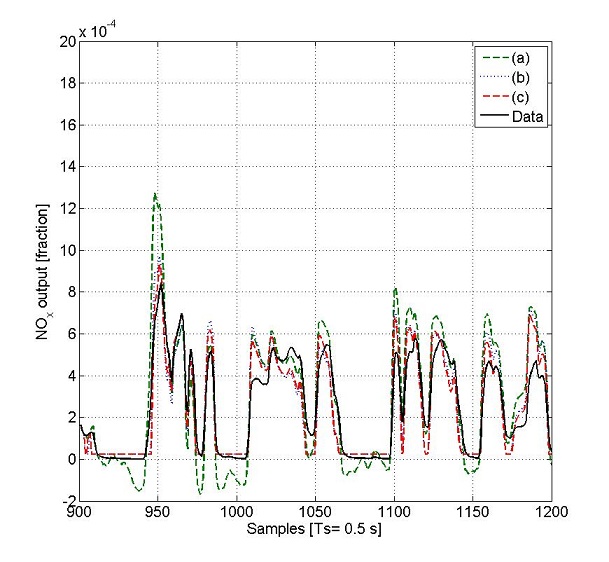
Figure 5: NOx output for the identified state space models using the validation data set
Next research tasks involve the testing of different nonlinear models and the real validation of them. Future works will consider the control system design using the identified models.
References
[1] D. Zambrano, S. Tayamon, B. Carlsson and T. Wigren, "Identification of a discrete-time nonlinear Hammerstein-Wiener model for a selective catalytic reduction system", In Proceedings of ACC 2011, San Fransisco, U.S.A., June 27-29, 2011.
[2] S. Tayamon, D. Zambrano, T. Wigren and B. Carlsson, "Nonlinear black box identification of a selective catalytic reduction system", In Proceedings of 18:th IFAC world congress, Milan, Italy, August 27-September 2, 2011.
[3] S. Tayamon. "Nonlinear system identification with applications to selective catalytic reduction systems". Licentiate theses / Uppsala University, Department of Information Technology nr 2012-004, Uppsala, 2012.
[4] S. Tayamon and D. Zambrano, "A multiple model-based controller for NOx reduction in a Selective Catalytic Reduction system", In proceedings of the European Control Conference, Zurich, Switzerland, July 17-19, 2013.


